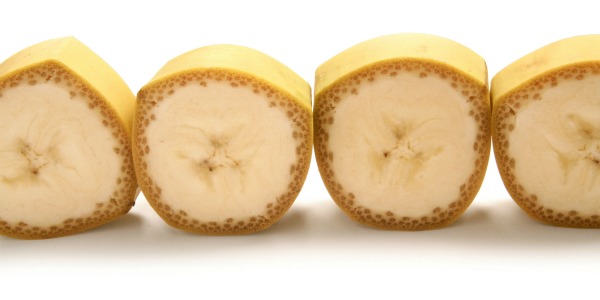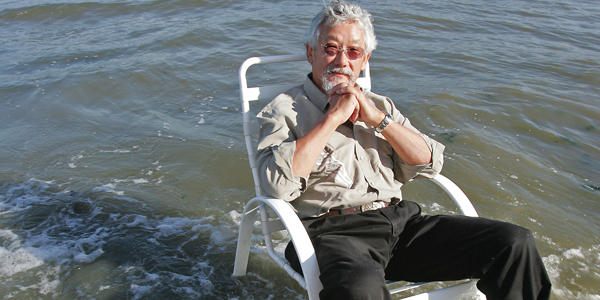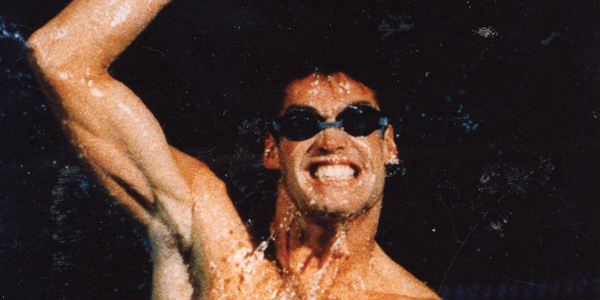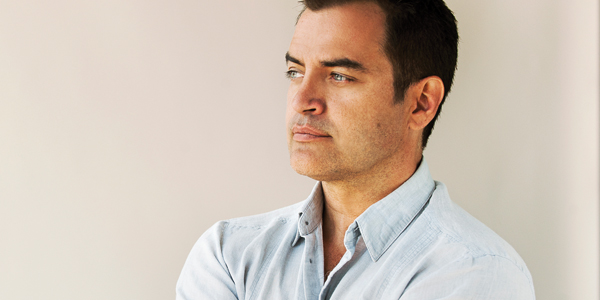Face it. Today the word “brand” is thrown around about as much as a Spalding ball at a Lakers Game.
This means one of two things are happening: either everybody “gets-it” or most people don’t, and they just pass it on anyway without getting clarification about what it means in their lives.
Sort of like a game of telephone. –Remember? The friend to your left would whisper to you, “Peaches and cream, pass it on” and by the time the last person repeated the word out loud it morphed into, “I’m the reigning queen, pass it on”. That’s a little more like where I think the concept of brand is at now.
Companies and organizations all call themselves “brands”. Bloggers are “brands”. TV shows are “brands”. Consultants are “brands”. Everybody, and their momma, knows the Kardashian “brands”. Instead of a world-class achievement “being a brand”, it seems to have become yet another meaningless buzzword. That said, now seems like as good time as ever to reflect on the meaning of brand and evaluate how it actually plays out in real time.
Typically things that are well known, well-recognized, or even internationally famous are considered to be “brands”. To me, this is far too obvious and vague.
The question I hear most often from potential clients is “Will you help me re-brand?” After thirty-seconds of looking at their business, or going into a brick and mortar location, it becomes painstakingly clear – they don’t have a brand to begin with. A logo, is not a brand. A colour scheme is not a brand. A cool office layout and hot employees does not make you a brand. Heartbreaking, I know. So, back to square one. How do you create a rockstar brand? How do you know if you already have a strong brand?
My personal experience with building a first to market company has really shaped my belief about how brands are born – and, what that means about the people behind them. Let’s be clear: Creating and maintaining a brand is a massive responsibility. It implies that there is a value system and a promise at the heart of the person or company. What that means is, it’s not enough to just call yourself a brand; you have to decide what that means and behave accordingly. You need something at the foundation of your company that you filter your decisions through.
When my business partners and I built Blo Blow Dry Bar, that very foundation is where we started. Before the doors opened. Before the employee manuals. Before the PR. We developed the quintessential “Blo Girl”. She became the in-house-expert, the backbone of the Blo brand. We curated the customer interface experience entirely through her. We knew she was definitely urban. She was fun and friendly but she had a bit of an edge. We defined her edge as “cheeky”. She was kind of cute, and vibey. You couldn’t put a finger on her coolness; she was the kind of person you just wanted to be around. Picture a PR girl by day and a cocktail-sipping, blogger by night. She had a great aesthetic, liked nice things, but was savvy and knew when to cough up for labels or not too. Always good for a laugh, she was more Stella McCartney than Versace. She had her priorities straight. She was a smooth operator that wouldn’t hesitate to take a minute to do something good for the planet or for a stranger. The Blo Girl was all about confidence and that resonated deeply. We weren’t selling hair, we were selling confidence. The whole experience was channeled through her persona, through her values. With this knowledge we were able to articulate everything: our own “blocabulary”; the aesthetic of the magenta stores called “bars”, complete with Philippe Starck ghost chairs; avec contemporary detail, sans-fuss. Floor managers were called “Blo Bosses” and franchisees had unique calling-cards like “The Mane-Tease” and “Queen Coiffure”. Digital playlists were curated by LA’s uber-cool-girl-DJ Alex Merrell; the web content had a blog-feel and made checking out the latest scoop on each location as easy as booking an appointment for anyone of the bars across North America; stylists otherwise known as “bloers” were taught to host the client or “hair cadet” as if they just walked into the hippest party in the city.
Blo succeeded in creating something where the founders were no longer the brand’s gate-keepers. The brand belonged to the team and the clients themselves. The Blo brand transcended us, and stood on its own. All great brands do.
A great example of this is Lululemon Athletica. We Canadians, especially us west-coasters, can all be proud of Lulu. Their brand isn’t about their great looking stores, incredible product design, cool name, striking logo or global success. Lululemon is a lifestyle – akin to sweating once a day, taking care of your community, friendship, energy, high-fives and teamwork. To work for them is to embrace a desire to align with oneself, and reach for the stars. Shop there and you’ll “Namaste” before you know it.
If your goal is to develop a brand that resonates beyond four walls, or a funky domain name – then you are not just selling a product or service. You are selling an experience. Brand is now synonymous with culture.
Brand is deeper than marketing, advertising and public relations – it’s much deeper than image. It’s about how people feel when they interface with you or your company. When brand is created and conducted effectively its core values are integrated deep within the company, and are felt by employees, clients and consumers. There is a pulse that can be found in every corner of the business. The brand values become inherent in how employees and executives think, speak and behave. They become an intrinsic part of the consumer’s vocabulary when describing their experience with the brand; consumers and fans will talk about it like they have a personal relationship with it – and they do. Almost like crazy brand voodoo, but brand does not happen like magic. It’s the result of a thoughtful process.
Brand is your company’s values in action; it’s not what you do it’s how you do it.
Market
Always start with having a clear understanding of who your market is, where they live and what they do. Understand their needs, insecurities and desires. You should be able to describe your market in the same way you deliver your 30 second elevator pitch.
Core Purpose
Your core purpose is your intent articulated into a mantra. I love this example: Nurse Next Door, a Vancouver based home-care service is “about caring, not just health care” – so in this case, their core purpose is “Making lives better”.
Core Values
This is all about what you stand for, and your core values should be defined in a way that you can get actionable about them. Try to stick to 3-5, if you have too many, then refine them. For some people 5 core values isn’t manageable on a day to day basis.
Examples of awesome core values include: Admire People, WOW Customer Experience or Find a Better Way.
Brand Character
By defining Blo’s brand character, the “Blo Girl”, we were able to make every decision through her eyes. She could be identified with. When you approach this part of the process, you need to think about articulating a human being. Ask yourself questions to get closer to the brand character: Is it a girl or boy? Where is he or she from? What does he or she do for a living? Define what’s important to them (health and wellness, gourmet food, adventure, nature, family). Go as far as figuring out what their political stance is. Can your brand character name all 50 states?
Have a laugh with this one and consider drinking a bottle of red wine – Just say’n.
Visual Direction & Tone
This helps you to define the mood, and even aesthetic. My partners and I, like to think things are best in threes – no irony there, right? I always recommend using three of the words that resonate the most deeply for you, when thinking about the feelings you want to evoke. You want to use these words as filters when creating content, manuals or approaching your design.
Example of descriptive visual words: Gorgeous, Fresh, Whimsical
Example of descriptive tone words: Warm, Spicy, Passionate
Tagline
Worth noting: You can have more than one tagline.
- Be provocative (Blo Blow Dry Bar “You’re not cheating on your hairdresser” and “Just Blo Me”)
- Be innovative (Adidas “Impossible is nothing”)
- Be brief (Twitter “Follow your interests”)
Positioning Statement
Remember a positioning statement is unlike a tagline. Your positioning statement should communicate how you differ in the market place; it should tell people what you do and what you have to offer.
For example, “Blo is North America’s Original Blow Dry Bar. Scissors are verboten. Dye, ditto. No cuts, no color: Just, Wash Blow Go.”
Consider the Touch-Points
Evaluate all the possible areas of your company that consumers could come into contact with, and ensure that the items above are in action and translate into a memorable experience or feeling. Every touch point should be magic.






